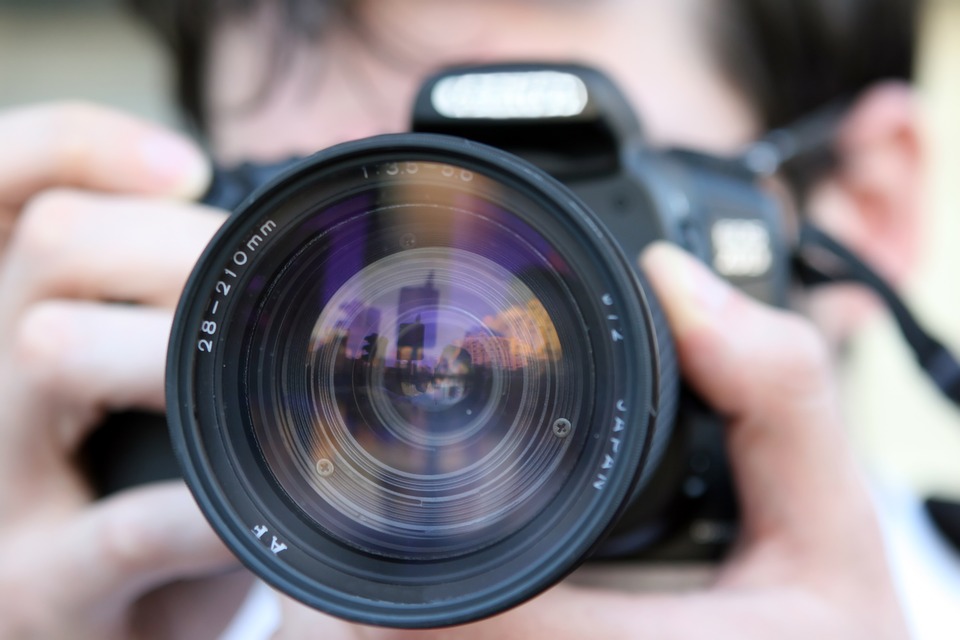If you’ve got tired of taking photos with your mobile phone and are looking to upgrade to something much better, you may find your options rather overwhelming. If you fancy taking up photography as a hobby, the choice of camera can be very confusing. If you’re thinking of starting a photography business, the camera you choose is going to be necessary. Whatever reason you have for buying a digital camera, this guide will help you through some of the pitfalls. Finding the right camera for your needs is going to be a challenge. Prices start as low as a couple of hundred dollars but can climb into the thousands. Let’s introduce you to some of your options, what you should look out for, and how much you might have to spend.
Different Types of Camera
There are an almost endless variety of cameras to choose from, but they can be sorted into three main categories. They are:
- Compact/Point-and-Shoot – Prices start at $100-$200, but these offer little more than a modern smartphone camera. They are, however, simple to use and fit in your pocket. More complex models are available with longer zooms, manual exposure controls, and better sensors. These will come with a bigger price tag.
- Mirrorless Interchangeable Lens – This type of camera offers much better image quality. It will have more creative options and perform much faster. Prices are a little higher than a compact camera. They also tend to be smaller and lighter than a DSLR.
- Digital SLRs – Top of the range models can cost as much as $5,000. For such an expense, you might have to consider applying for one of the many online loans available for such a purchase.
Specifications to Look Out For
Megapixels, resolution, sensors, shutter lag, zoom, and stabilization can all sound very confusing to a beginner. Let’s lift the mist on camera specifications.
- Pixels – The number of pixels determines how clear the images you capture will be. If you want to create large prints, then aim for a larger number of pixels. If you’re only planning to upload images to Facebook or email them to friends, a lower number of pixels will be more than sufficient. The more pixels you have, the greater your flexibility.
- Sensor – Size does count when it comes to the sensor on a camera. The bigger the sensor, the better the photo. It is the sensor that picks up light. A bigger one will pick up more and give you a better shot, whatever time of day it is. You also benefit from more options in terms of depth of field. A full-frame sensor is the largest.
- Zoom – The zoom is what you use when you want to get closer to the action. Digital cameras surpass smartphones when it comes to zoom capabilities.
- ISO – This is a measure of the camera’s sensitivity to light. With a digital camera, this can be adjusted on the move. Aim for an ISO range somewhere in the middle.
- Shutter lag – This is one feature that can let a camera down, especially if you’re planning to take rapid-fire shots in succession. To check how well a camera will perform in terms of shutter speed, look for ‘burst mode’ or ‘continuous shooting’ figures, usually expressed in shots per second. If you’re interested in sports action photography, aim for at least three shots per second.
If you’re interested in making photography a hobby or want to turn it into a business venture finding the right camera is the most important place to start.

